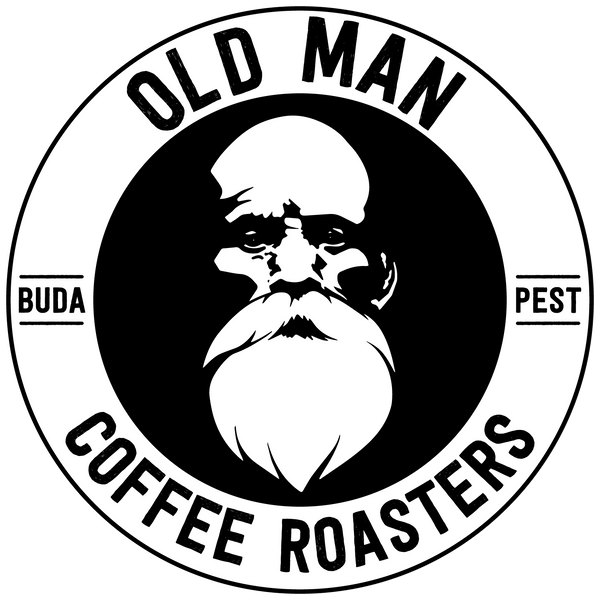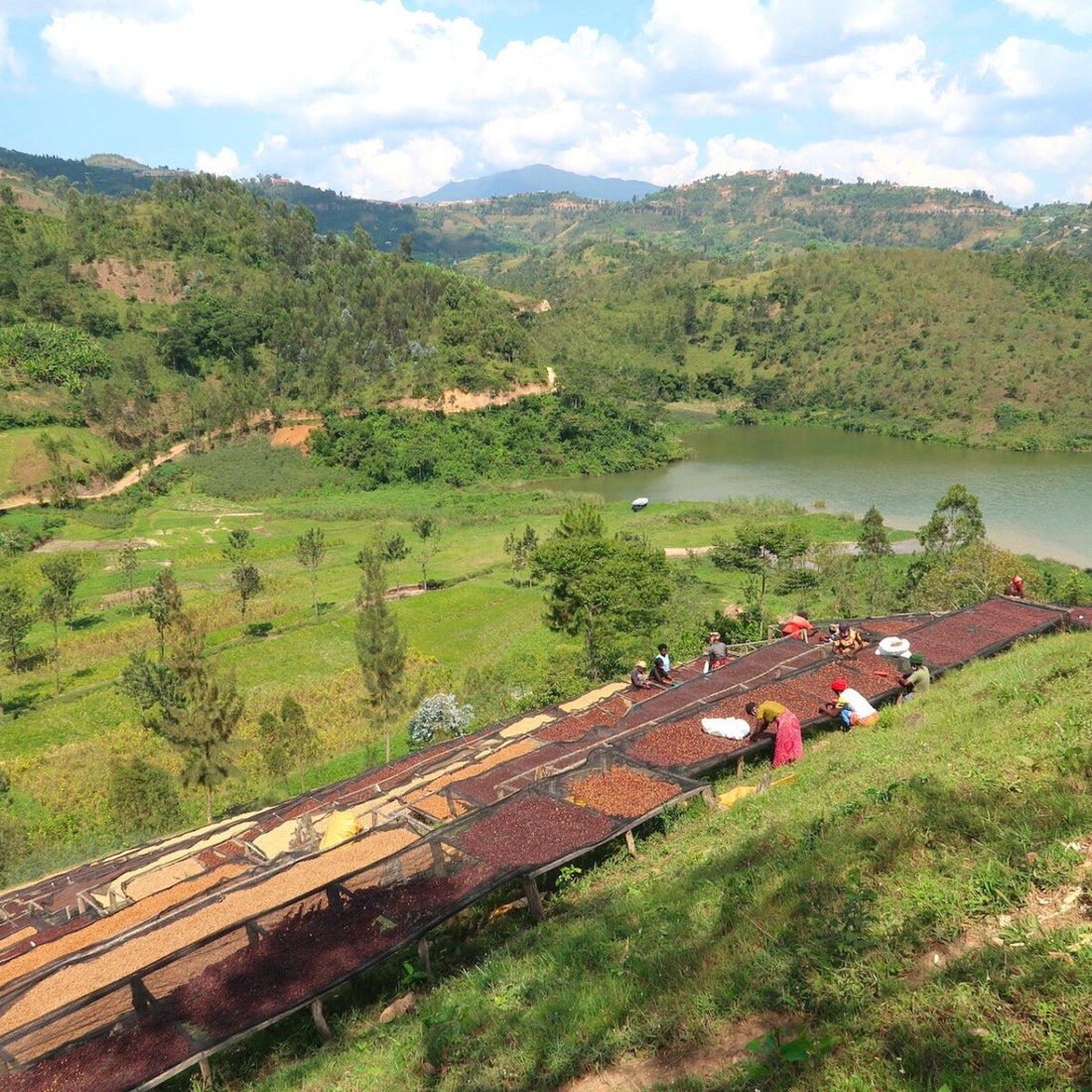Although anaerobic fermentation is relatively new, aerobic fermentation – which includes oxygen – has been a common practice in the coffee industry, as it happens whether we want it to or not. Fermentation begins as soon as the coffee is picked, due to the presence of water, sugar, bacteria and yeast. The sugars and acids in the coffee mucilage are converted into different acids, CO2, ethyl alcohol and other compounds.
There can be anaerobic natural, honeys or washed coffees. In the case of anaerobic honeys, fermentation takes place after pulping, in the mucilage. The coffee is then dried in the fermented mucilage (honey) for about 20 days.
The coffee will ferment differently depending on whether they are washed, natural or honeys, resulting in a variety of flavors and cup profiles.
When done properly, it can have incredibly exciting, exotic flavors like tropical fruit and spice.
The station collects cherries from 1,213 registered growers from the surrounding foothills (at altitudes ranging from 1,600m to 1,950m). The station has eight fermentation tanks, a single washing channel and a cherry sorting and flotation pool for additional sorting before the cherry is pulped. Mushonyi is equipped with a Pinhalense eco-pulping machine. The machine integrates the process of flotation and mechanical removal of the mucilage.
Coffee processing methods have a huge impact on the flavor of your coffee. If you’re a coffee lover and want to learn more about coffee, it is essential that you learn about coffee processing methods. It can help you understand why your coffee tastes the way it does.

